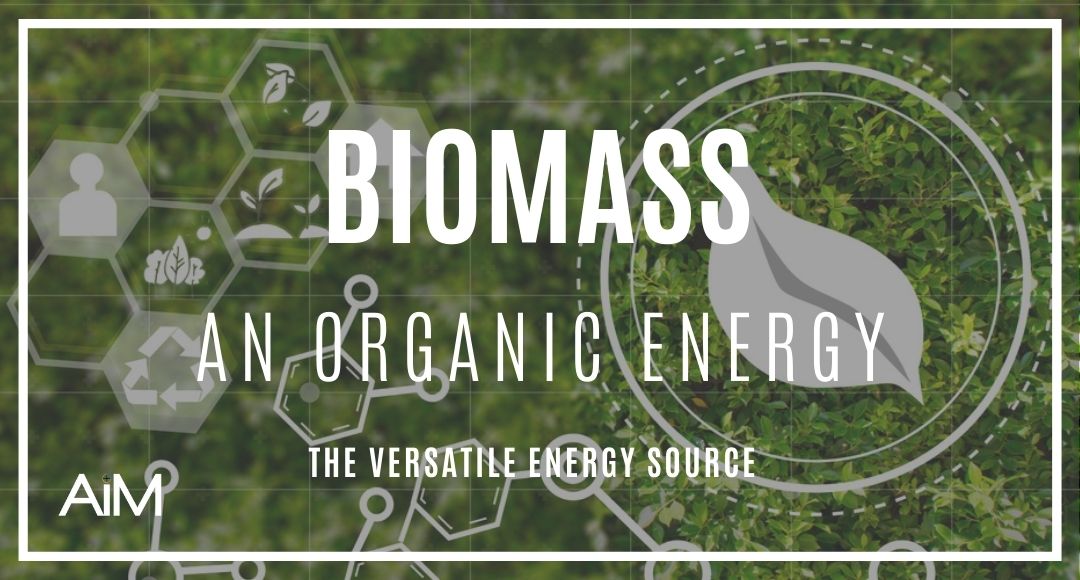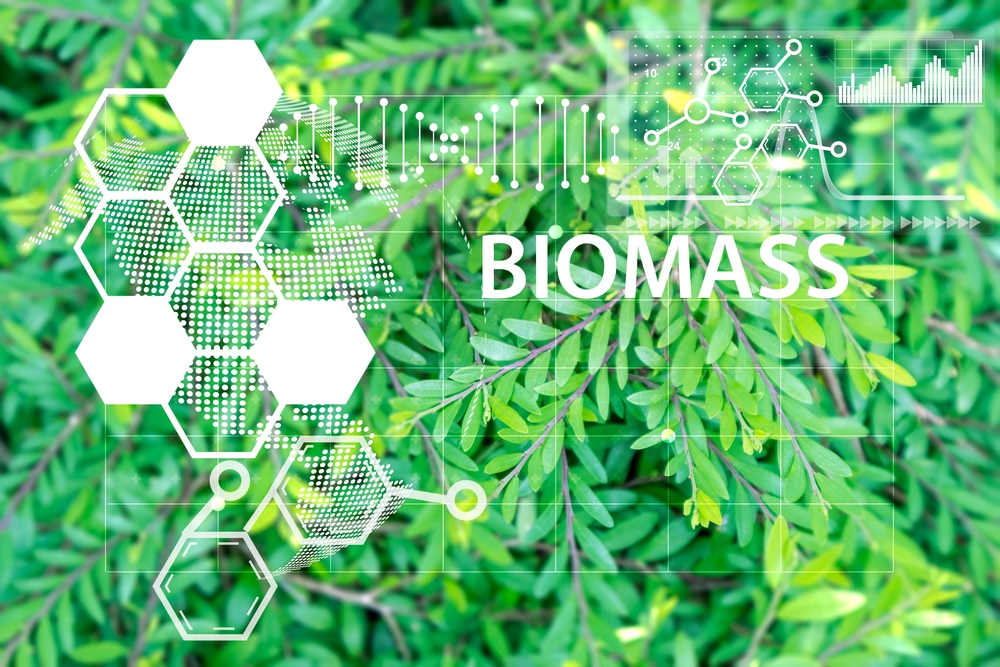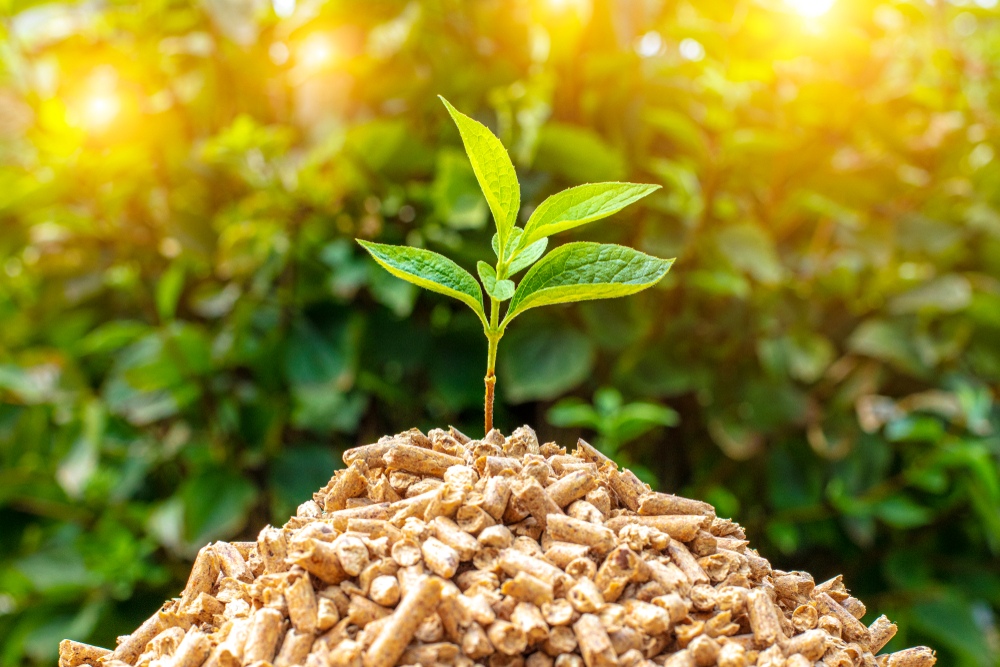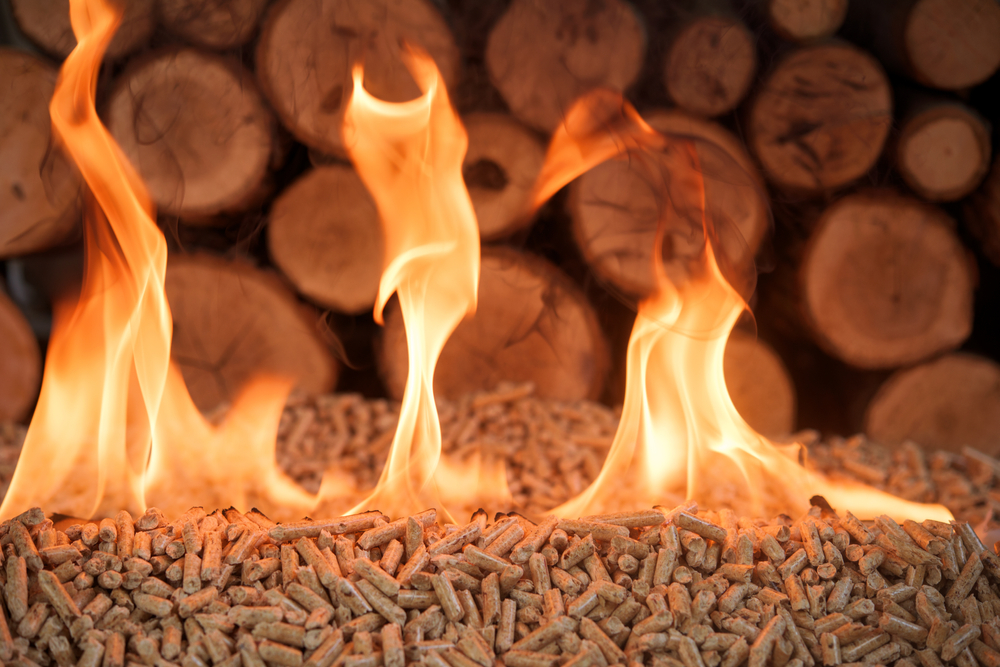
Biomass – The Versatile Renewable Energy Source

Biomass - The Versatile Renewable Energy Source
Now, we are not talking about a fad diet plan or a way to calculate your body mass index. We are talking about a versatile renewable energy source. Along with a number of other renewable resources like solar, wind, hydropower, and geothermal, biomass has the potential to transform the energy supply for the better.
A key element of many renewables is that they can be produced locally and do not have to be imported from other countries. By producing and delivering locally, it not only helps local economies, but more importantly it can greatly decrease the carbon emissions generated during the creation and delivery of energy.
So what exactly is biomass and why should we care? Glad you asked.

What is Biomass
As the name suggests, biomass refers to the mass of living organisms, including plants, animals, and microorganisms. Biomass includes both the above and below ground tissues of plants. Unless otherwise specified, biomass usually includes only living material. For example, neither deadwood nor the organic matter of soils is considered biomass. Simply put, biomass is renewable organic material that comes from plants and animals.
Why Use Biomass
The short answer: we are running out of fossil fuels and these resources take millions of years to form within the Earth. Once they’re gone, they’re gone, and we will be left in the cold unless we find other more readily available fuel sources. Bioenergy, or energy derived from biomass, is a sustainable alternative to fossil fuels because it can be produced from renewable sources, such as plants and waste, that can be continuously replenished.
Another reason for using a renewable resource, as mentioned above, is that it does not need to be imported from other countries. A small group of countries in the world are the major producers and distributors the fossil fuels needed to meet our energy needs. Because energy is extremely important to the overall economy, would it not be better to produce energy locally so that it will always be available when we need it?
And biomass can be an answer to this question.
“Biomass was the largest source of total annual U.S. energy consumption until the mid-1800s.”
Where Does Biomass Come From
Since biomass is derived from living organisms, every country has access to various sources to generate energy. So, what exactly are these living sources for biomass?
The main biomass types harvested directly for energy is wood, some annual food crops, perennial energy crops, and bio waste.
- Wood and wood processing wastes — this comes from sources like firewood, wood pellets, and wood chips, lumber and furniture mill sawdust and waste, and black liquor from pulp and paper mills, and is used for general cooking and heating purposes
- Agricultural crops and waste materials — this comes from sources like sugar-producing crops (e.g. sugarcane – perennial crop), starch-producing crops (e.g. corn – annual crop) and oil-producing crops (e.g. rapeseed – annual crop), switchgrass, woody plants, algae, as well as crop and food processing residues
- Biogenic materials in municipal solid waste — this comes from sources like paper, cotton, and wool products, and food, yard, and wood wastes
- Animal manure and human sewage — this comes from sources like well we don’t need much description here

How Do We Use Biomass
Okay we have the biomass, so how is it converted into energy so that we can use it. Well, it can be converted to energy through various processes, including:
- Direct combustion (burning) to produce heat
- Thermal conversion to produce solid, gaseous, and liquid fuels
- Chemical conversion to produce liquid fuels
- Biological conversion to produce liquid and gaseous fuels
Let’s take a quick look at each of these processes.
Direct Combustion
Direct combustion is the most common method for converting biomass to useful energy. All biomass can be burned directly for heating buildings and water, for industrial process heat, and for generating electricity in steam turbines.

Thermal Conversion
Thermal conversion of biomass includes pyrolysis and gasification. Both are thermal decomposition processes in which biomass is heated in vessels called gassifiers at high temperatures. They mainly differ in the process temperatures and amount of oxygen present during the conversion process.
- Pyrolysis heats organic materials to high temperature in a near vacuum. This produces fuels such as charcoal, bio-oil, renewable diesel, methane, and hydrogen.
- Hydrotreating or fast-pyrolysis is used to process bio-oil with hydrogen under elevated temperatures and to produce diesel, gasoline, and jet fuel.
- Gasification heats organic materials to extreme temperatures with injections of oxygen to produce a carbon monoxide and hydrogen rich gas called synthesis gas or syngas. Syngas can be used as a fuel for diesel engines, for heating, and for generating electricity in gas turbines.
Chemical Conversion
A chemical conversion process known as transesterification is used for converting vegetable oils, animal fats, and greases into fatty acid methyl esters (FAME), which are used to produce biodiesel.
Biological Conversion
Biological conversion includes fermentation to convert biomass into ethanol and anaerobic digestion to produce renewable natural gas. Ethanol is used as a vehicle fuel. Renewable natural gas—also called biogas or biomethane—is produced in anaerobic digesters at sewage treatment plants and at dairy and livestock operations. It also forms in and may be captured from solid waste landfills. Properly treated renewable natural gas has the same uses as fossil fuel natural gas.

What Does It All Mean
To this day biomass continues to be an important fuel in many developing countries, especially for cooking and heating. The use of biomass fuels for transportation and for electricity generation is increasing in many developed countries as a means of avoiding carbon dioxide emissions from fossil fuel use. In 2020, biomass provided nearly 5 quadrillion British thermal units (Btu) and about 5% of total primary energy use in the United States.
It is quite clear why we say biomass is such a versatile renewable resource. It can be sourced from many things, and in turn, is converted into various energy fuels needed to help replace fossil fuels. It is not the silver bullet solution to our future needs but in concert with other the renewables, plus changes in technology, will be a major energy source for years to come.
We offer our specialized services to not only meet, but go above and beyond your expectations. To learn more reach out to Marci Hewitt, Renewables & Surface Team Lead | Email: mhewitt@aimland.ca | Direct: 403-452-3713
#Energy4.0 #Biomass #Bioenergy #RenewalEnergy #CanadianEconomy #GlobalKnowledge #AlbertaRenewableIndustry








